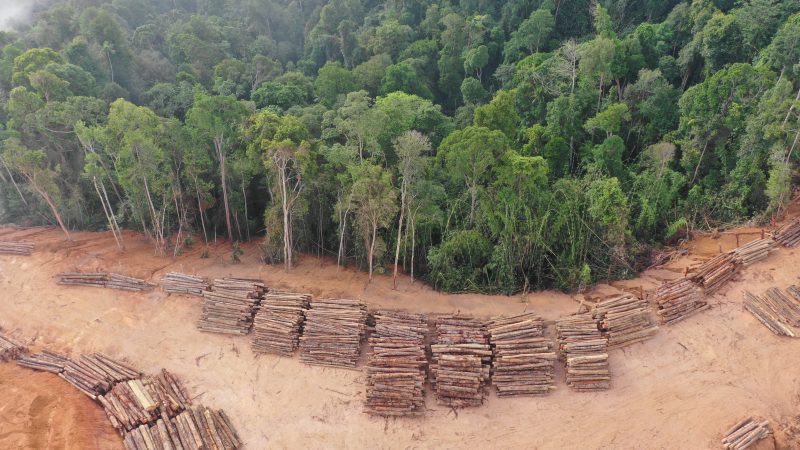The problem is that there is a double incentive to cut down trees. We benefit from the timber, then benefit again from using/farming the land that is now cleared. As long as a tree is worth more dead than alive, this will continue. So, how to make a tree more valuable alive than dead?
The realization that trees are living things that provides «natural services» makes us able to price them. Trees clean up the air, locks away carbon and clean water-streams. So, ignoring everything else: how much is locked away carbon worth?
A company has two choices: pay to reduce own emission by some means, or pay to offset the same emissions elsewhere. The price of carbon locked away in trees is then equivalent to what companies must pay to reduce their own emissions by the same amount. Or more precise: Any price that companies pay for cutting emissions that is higher than any income from alternative use of the forestated land.
That means (if we ignore tradable quotas), that a company should mitigate until the marginal cost of mitigation exceeds what a farmer needs to choose conservation over utilization. After this cost, they should only fund forest to offset carbon rather than mitigate.
Preferably, we do not pay to seed trees, they tend to become inefficient monocultures! However, it can be done by paying for an area of forest to remain conserved, held up against an average/estimated deforestation rate of the area. The «fictional deforestation» are then the avoided emissions, and hence, the amount that is offset and paid for. The area may be monitored by satellite images.
Now the farmer earns more from letting the trees live, and the companies save more by paying for the trees rather than paying to reduce own emissions once the environmental regulations are tightened.
